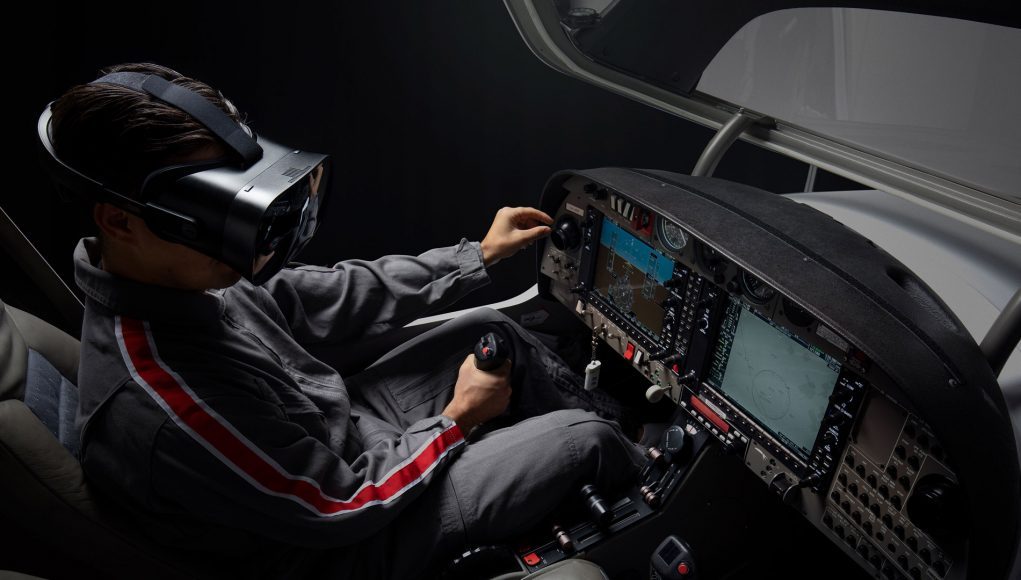Varjo, the Helsinki, Finland-based creators of high pixel density VR/AR headsets for enterprise, today announced it’s closed a $54 million Series C funding round. The company says it will use the funds to accelerate the global expansion and development of its XR hardware and software products.
Investors include Tesi, NordicNinja, Swisscanto Invest by Zürcher Kantonalbank, Lifeline Ventures, Atomico, EQT Ventures and Volvo Cars Tech Fund.
The Series C financing brings the company’s overall total funds to $100 million to date.
In addition to the latest funding round, the company’s COO, Timo Toikkanen, will be leading Varjo as CEO. Co-founder and previous CEO, Niko Eiden, will be continuing as CXO and as a board member.
“We are seeing tremendous demand for virtual and mixed reality use cases, particularly as much of the world continues to work remotely,” said Toikkanen. “When you combine the photorealistic resolution and accurate, integrated eye tracking found in our devices with the broad software compatibility we offer, the possibilities for creating, training and running research in immersive environments are endless. With support from our growing group of investors, we look forward to scaling our operations and delivering the cutting-edge technology our customers need to transform the way they work.”
Varjo is known for its enterprise-level “human-eye resolution” VR/AR headsets, including the XR-1 Developer Edition, VR-2 and VR-2 Pro. Companies such as Volvo Cars, Boeing, Audi, and Siemens use Varjo headsets for industrial applications including training and simulation, design and engineering, and research and development.
Since its founding in 2016, Varjo has expanded its global operations and reseller network to over 40 countries in North America, Europe, the Middle East, and Asia Pacific, with the launch of sales and direct shipping to markets such as Singapore, Israel, South Korea, Australia and New Zealand.







